Retro Replay Review
Gameplay
Final Fantasy III on the Nintendo DS masterfully blends classic turn-based RPG mechanics with modern refinements that keep the experience both nostalgic and fresh. The introduction of the job system allows each of the Four Warriors of Light to switch professions at will, opening up hundreds of possible combinations of skills, spells, and stat bonuses. This level of customization encourages experimentation, whether you want to turn Luneth into a hard-hitting Dragoon or Refia into a swift Ninja, and it keeps battles feeling dynamic from start to finish.
(HEY YOU!! We hope you enjoy! We try not to run ads. So basically, this is a very expensive hobby running this site. Please consider joining us for updates, forums, and more. Network w/ us to make some cash or friends while retro gaming, and you can win some free retro games for posting. Okay, carry on 👍)
The game’s battle AI has also been polished compared to the original NES release. Enemy encounters scale more intelligently, and your characters’ AI will use their equipped abilities more effectively if you don’t manually control every turn. This refinement speeds up the grind without removing the strategic depth that long-time Final Fantasy fans cherish. At the same time, players who prefer full control can still input every command via the intuitive touch-screen interface, making it easy to swap jobs midbattle or target specific foes.
Exploration in Final Fantasy III is a joy thanks to a thoughtfully designed world map and numerous hidden dungeons. The touch-screen map feature lets you flag points of interest, see where you’ve placed the crystals, and quickly jump to the menu to check side quests, loot locations, or Moogie Mail messages. With a balanced mix of boss battles, optional superdungeons, and side activities, the pacing rarely drags, and there’s always a new job or rare item to chase.
Finally, the inclusion of Moogle Mail adds a social element seldom seen in DS RPGs of its time. You can send tips, battle strategies, or cryptic hints to friends via Wi-Fi, fostering a sense of community around the game. Even if you play singleplayer, receiving mail from fellow adventurers can reward you with rare items or simply provide an extra spark of motivation to tackle the next crystal.
Graphics
Square-Enix’s remake brings Final Fantasy III into the 21st century without losing the charm of its pixelated roots. The characters and enemies have been completely redrawn in crisp, colorful sprites that pop against beautifully rendered environments. Villages, forests, and dungeons all boast fine details and subtle animations—ripping waterfalls, flickering torches, and swaying grass—that make exploration feel more alive than ever before.
The new cinematic intro showcases the power of the DS hardware, combining sweeping camera pans with dramatic music to set the stage for the tale of the Four Warriors of Light. While the in-game cutscenes are still modest compared to later entries in the series, they strike the right balance between storytelling flair and sprite-based nostalgia. Each crystal’s chamber is given its own distinct visual style, reinforcing the elemental themes that drive the narrative forward.
Lighting effects, shadows, and particle systems have been carefully implemented on the DS, creating a sense of depth that the original NES version could only hint at. When your party casts a high-level spell like Flare or Holy, the screen fills with dynamic light and motion that feels weighty and impressive. Even the menus benefit from the upgrade: translucent backgrounds and smooth transition animations make navigating your inventory and job assignments a pleasure.
Moogles—first introduced in this installment—are rendered with particular care, emphasizing their fluffy bodies and expressive faces. These lovable creatures not only serve as mail carriers in the Moogle Mail system but also add a whimsical touch to every town and dungeon they appear in. The result is a visual package that respects the game’s heritage while taking full advantage of the DS’s capabilities.
Story
At its heart, Final Fantasy III tells a timeless story of friendship, duty, and selfdiscovery. Orphaned as a child and raised in the secluded village of Ur by the kindly Nina and Elder Topapa, Luneth embarks on a journey alongside Arc, Refia, and Ingus. Each character brings a unique backstory and personality to the party: Arc’s shyness contrasts with Refia’s rebellious streak, while Ingus’s knightly valor tempers Luneth’s adventurous spirit.
The narrative unfolds as the Four Warriors of Light answer the summons of the elemental crystals, which have begun to fracture and weaken. Their quest to restore balance takes them across sprawling landscapes, through treacherous caverns, and into the political intrigues of imperial strongholds. Throughout these trials, the bonds between the protagonists deepen, transforming them from strangers into a tightknit family bound by the weight of destiny.
Square-Enix’s DS update enriches the original story with additional scenes and expanded character moments. Small but meaningful dialogues earlier in the game foreshadow later twists, and new flashbacks give more context to the orphans’ pasts. These enhancements lend emotional resonance to the journey, making the climactic confrontations against powerful foes like Xande all the more satisfying.
While the plot follows the classic “light vs. darkness” framework, the game surprises with a few morally ambiguous turns. Villains occasionally reveal tragic motives, and the fate of the world doesn’t always hinge on straightforward heroics. This slightly darker undercurrent elevates Final Fantasy III above more simplistic tales and demonstrates why the series has retained its narrative prestige over multiple decades.
Overall Experience
Final Fantasy III on the Nintendo DS stands as a shining example of how a faithful remake can reinvigorate a classic title. It retains the core appeal of the original NES release—strategic combat, a compelling job system, and a grand fantasy adventure—while introducing quality-oflife improvements that make the game accessible to a new generation of players. Whether you’re a nostalgic veteran or a newcomer curious about the series’ roots, this version offers something for everyone.
The balance between challenge and convenience is expertly handled. Random encounters remain engaging without becoming oppressive, thanks to adjustable difficulty settings and smarter battle AI. The save-anywhere feature makes backtracking and exploration far less of a chore, and the touchscreen menus eliminate tedious button-mashing when changing gear or spells.
Perhaps most importantly, the sense of wonder and discovery that defined early Final Fantasy games shines through in every pixel. From the first time the crystals call out to your party to the final showdown against overwhelming odds, the adventure feels grand and purposeful. Side quests like the optional Lunar Ruins dungeon reward dedicated explorers, while hidden treasures scattered across the world map ensure that completionists will have plenty to do long after the credits roll.
In sum, Final Fantasy III for the DS is a mustplay for RPG enthusiasts and Square-Enix fans alike. Its blend of deep customization, refined visuals, and heartening storytelling creates an experience that remains relevant even years after its release. If you’ve ever wondered where the job system began or simply want a classic fantasy saga that stands the test of time, this remake delivers in spades.
 Retro Replay Retro Replay gaming reviews, news, emulation, geek stuff and more!
Retro Replay Retro Replay gaming reviews, news, emulation, geek stuff and more!
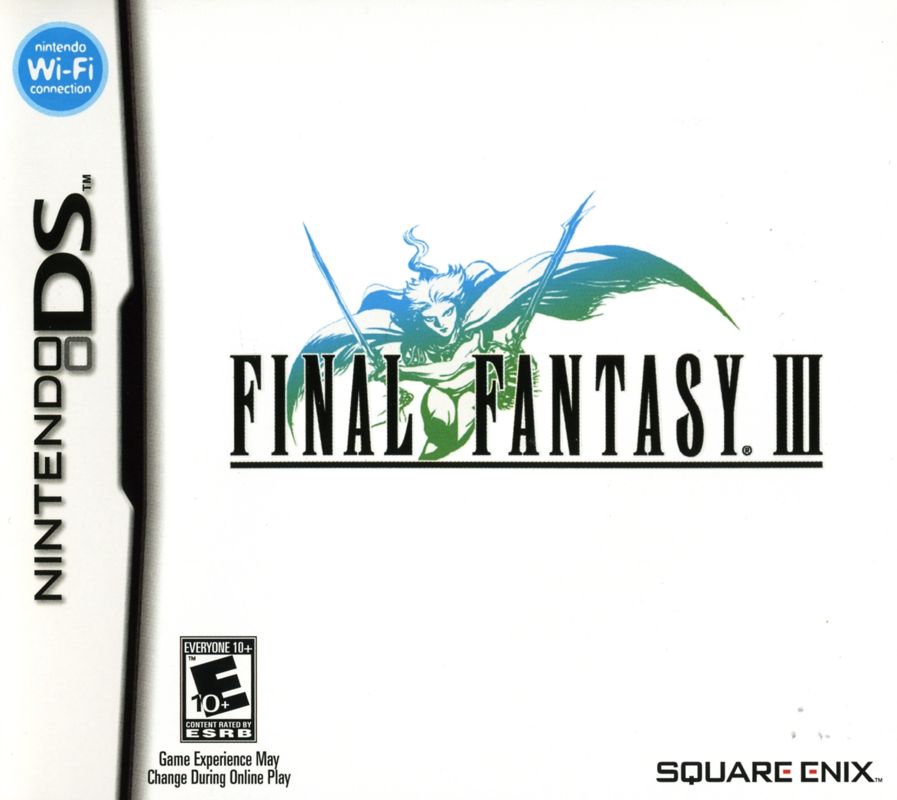
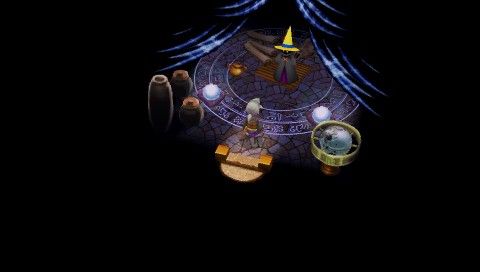
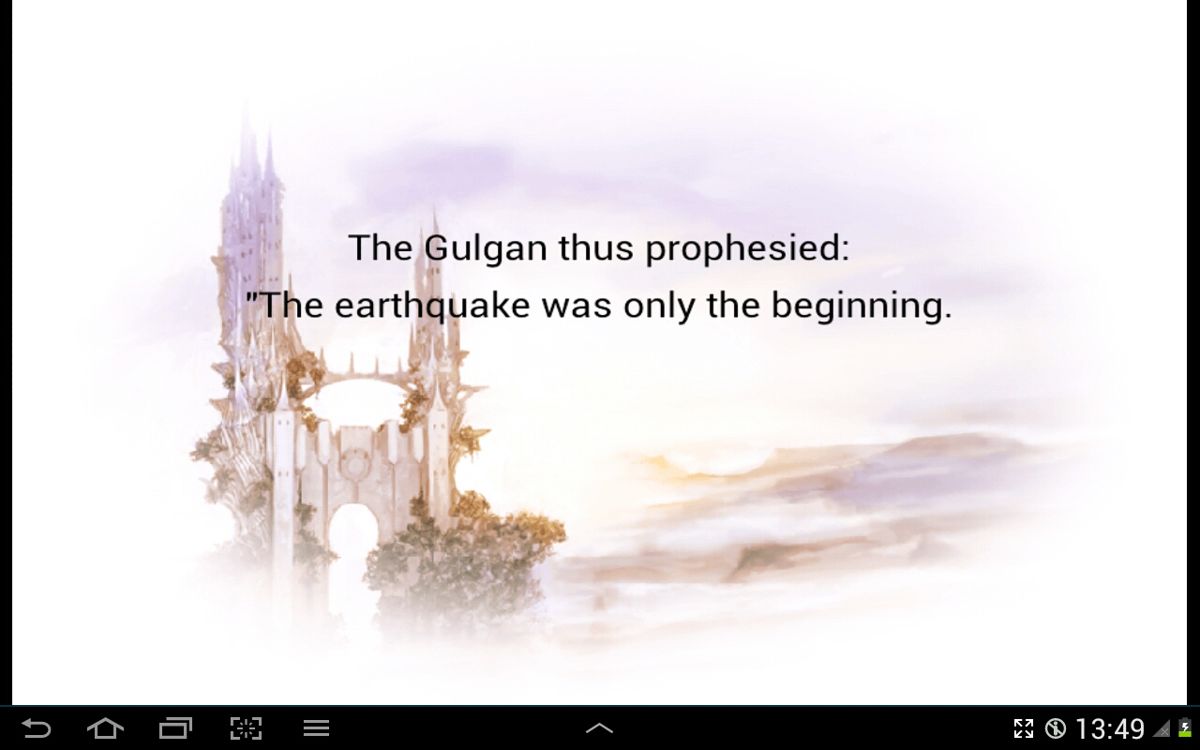

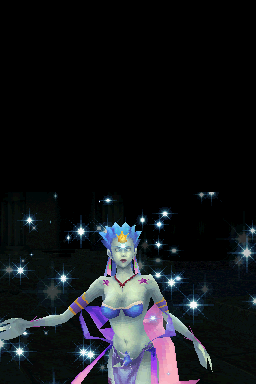
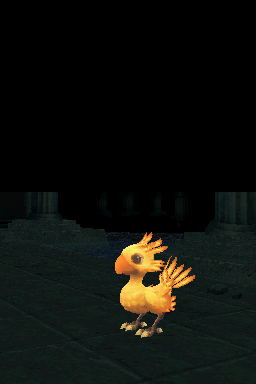



Reviews
There are no reviews yet.